Why grow grass when you could grow so many other things that are better for the planet? Not that grass isn’t pretty to look at, or fun to play on – it can be. But grass comes with a big price tag. To keep grass green and healthy requires toxic chemicals – fertilizers to keep it growing, pesticides to keep the bugs out. Plus, there’s all that mowing and seeding and watering and …the list goes on and on.
Fortunately, there are lots of natural alternatives to growing grass that will look great, free up time, and save money. Here are the top 8.
Best Natural Alternatives to Growing Grass
1) Vegetable garden – If you have enough sun to grow grass, you definitely have enough sun to grow a garden. Dig up the sod, till some rich organic compost into the soil, and plant the vegetables you want to eat. It’s a great way to ensure you’re getting totally local and organic produce for the cost of seeds and water for the plants. If you put in raised beds, you’ll significantly reduce weeding, and it will be easier to pick your harvest when it’s ready. Even if you live in a colder climate, you should be able to grow food three seasons of the year. Talk with your county extension agent or local garden shop to learn what you can plant when. Want more tips to help you get started? Don’t miss our Top Ten Organic Gardening Tips.
2) Flower beds – Wouldn’t you rather look at a bank of beautiful flowers than a boring old lawn? Plant some flowers you’ll leave to enjoy, and others you want to cut and bring into your home. You can also put in “theme” flower beds. For example, have one bed designed specifically to attract butterflies, another for flowers like sunflowers that the birds will love. Plant perennial flowers, which will bloom year after year, but keep pots of annuals ready to fill in when one part of the garden is finished blooming.
3) Berry bushes – Grow raspberries and blueberries instead of grass for delicious fruit you can pick right outside your door. You may need to put up netting to protect the berries from hungry birds, or use scarecrows and flags that will wave the birds away when the wind blows.
4) Fruit trees – Apples, pears, peaches, plums, apricots and cherries need room to spread their branches. But if you give it to them, they’ll reward you with delicious fruit. Of course, you do have to pick it. But isn’t that half the fun? And so much better than eating grass!
5) Hardy ground covers – If you need a place for the dog to cavort or the kids to play, replace your lawn with a hardy, low-maintenance ground cover that requires little mowing or watering and no chemicals. For example, Blue Star Creeper (Isotoma fluviatillis) is rugged, fast growing, and can handle lots of foot traffic. It flowers beautifully in the spring and summer, an added bonus. Elfin Thyme (Thymus serpyllum) is very drought tolerant, grows low to the ground, and forms a solid mat of green foliage. You’ll love the light pink flowers it sports in the summer, too. Ivy, vinca and bishopweed are other options. Liriope works great, too. Though it dies back in the winter, for a solid three seasons it has lush foliage that never needs mowing.
6) Decorative stones, fountains, birdbaths – For a really low maintenance yard, replace sections of your lawn with stonework. Use gravel for pathways, larger boulders to make statements and different sized rocks to add visual interest. Fill pots large and small with some perennials, some annuals. Install a water fountain, a pond, and some birdbaths to complete the effect. Don’t forget a bench so you can sit near the fountain and take in the view.
7) Woodchips – If your kids need a play area, woodchips may serve them well. Pick large, smooth woodchips, not fresh chips that may easily splinter, and scatter them about two inches deep.
8) Green weeds – If the lawn look is what you want, or you feel like the kids just need some kind of grassy area to play on, go for “faux” grass – or, as it’s known around my house, weeds. Weeds are not uniform in appearance like grass is. But their low maintenance, while still covering the ground in green, makes them a hands-down winner. I never water or fertilize my weeds and mow them only about a third as often as I’d have to mow grass. But I still enjoy my yard greatly.
Want More Information?


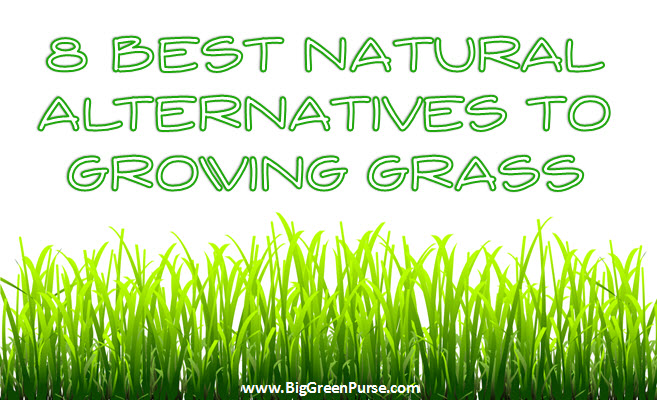
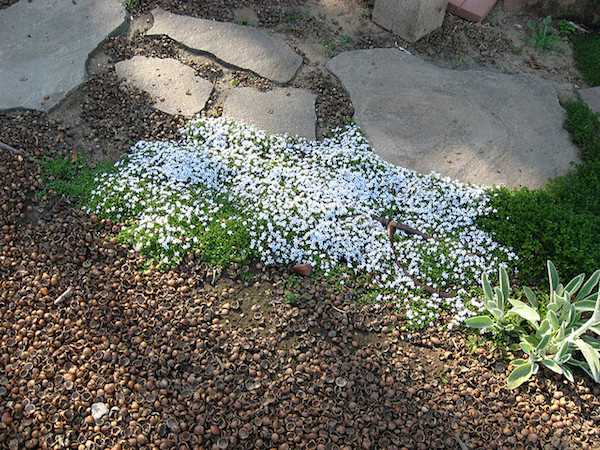


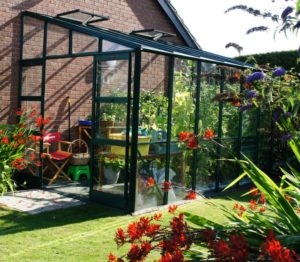
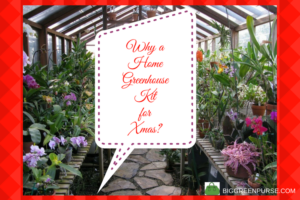

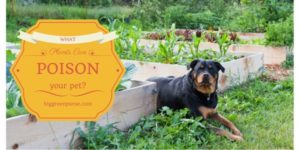









2 thoughts on “8 Best Natural Alternatives to Growing Grass”
Diane, I love these ideas for alternatives to grass! We have had several of these for the greater part of 20 years in our home. We live on a creek in a normal suburban sub. Our back and side yards are in shade most of the day. Early on we decided not to spend the money to sod when it was clear that our kids and dogs would be playing back there and it just wasn’t worth the money. I planted ivy and vinca that pretty much covers the sides of the house. Our neighbor planted wild violets which eventually took over our yard. I know they are considered invasive but the lush green as well as purple flowers are quite beautiful. I’m in the process of planning out some shade gardens and flowers in the front. This will leave a very small area of grass. I’ve separated and replanted over 50 Hostas that will make the grass area even smaller. I wish people would get away from the “manicured lawn” fixation and worry more about what it does to our water, people and animals. I refuse to fertilize or weed prevent with chemicals. My precious pugs deserve better as well. Thanks! Sandy
Thanks so much for writing, Sandy! Please share some photos – I’d love to see what it looks like. I am whittling away at my lawn, too. I love the variety of different groundcovers, and believe me, it is a pleasure not to have to mow! Thanks for writing (and keep posting those pix of the pugs on Facebook – they’re adorable!).
Comments are closed.